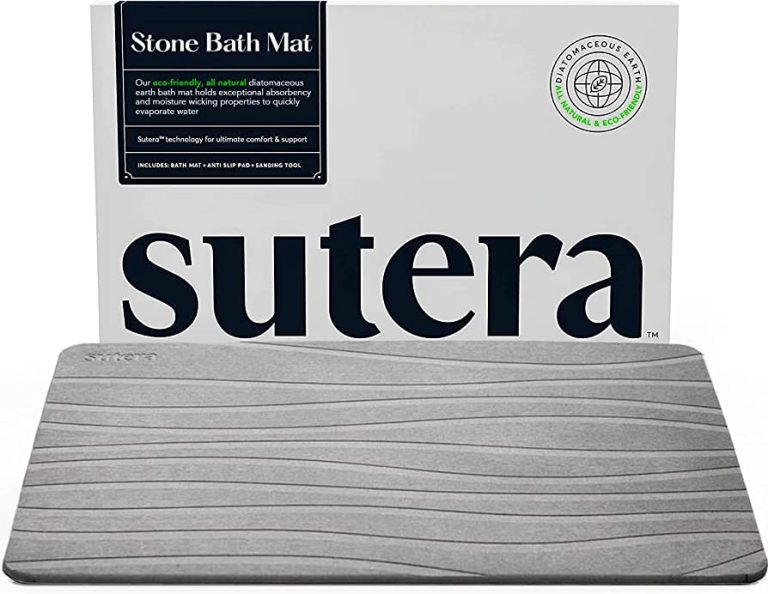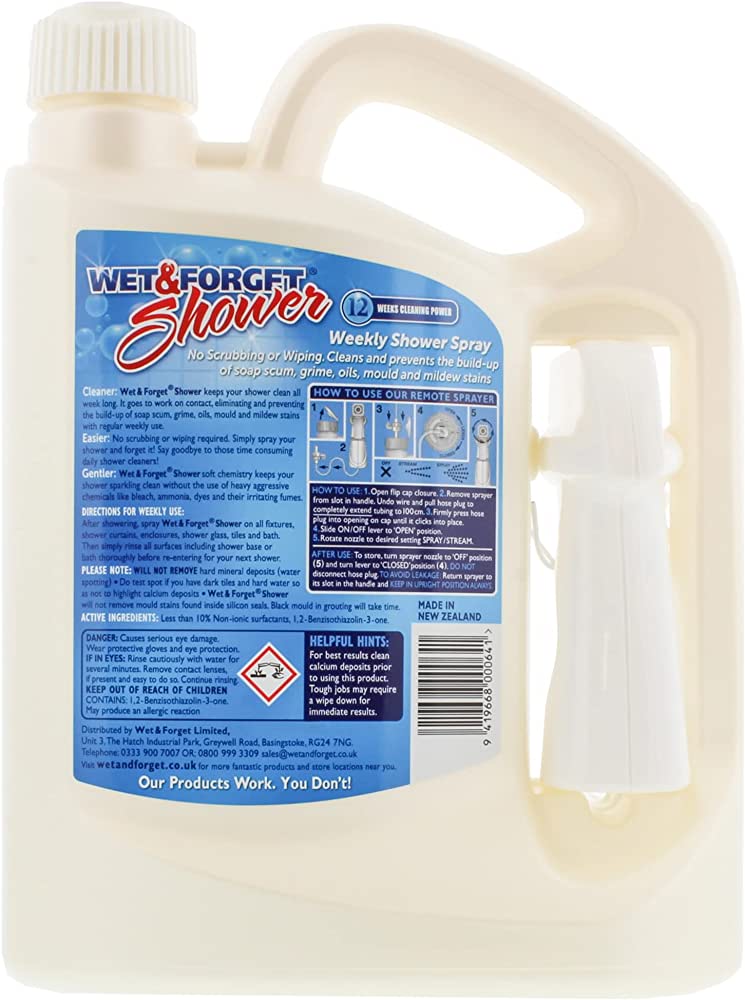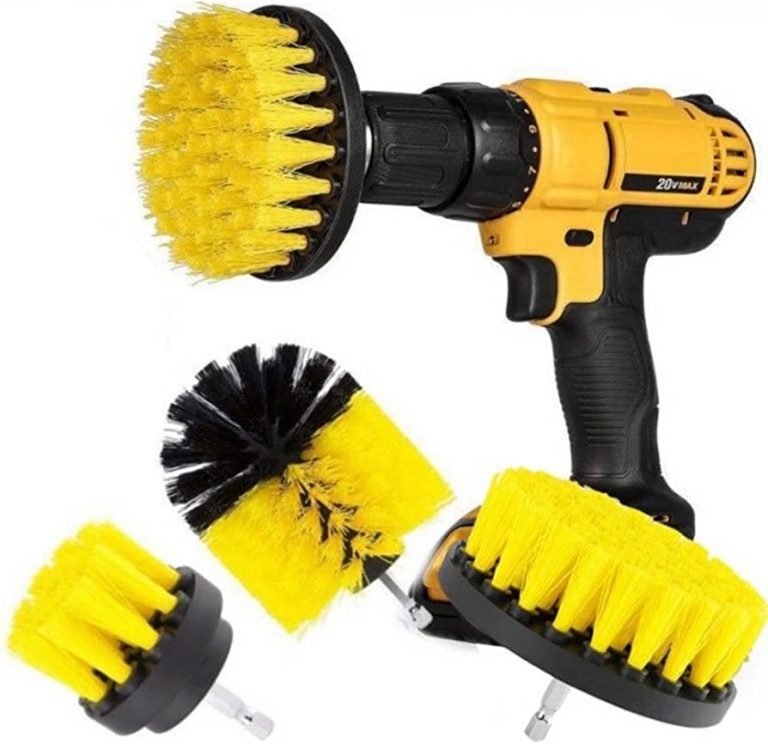7 Best PICC Line Shower Covers [with pros& cons]
Table of Contents
What is a PICC Line?
A peripherally inserted central catheter (PICC) line is a type of IV catheter that provides long-term vascular access. PICC lines are slender, flexible catheters inserted into a peripheral vein in the arm, typically above the elbow, with the tip ending near the heart.
Definition of a PICC Line
PICC lines have key features that differentiate them from other central lines and IV catheters:
- Long length – Usually over 20 cm in length to reach central circulation
- Inserted peripherally – Placed in arm veins rather than neck or chest
- Remains in place for weeks/months – Provides prolonged vascular access
They create an entry point into a major vein that allows for:
- Administration of medications
- Blood draws
- Fluid delivery

Why PICC Lines are Used
PICC lines provide reliable long-term access to the bloodstream. They are often used in situations requiring:
- Extended IV access – For long-term antibiotics, nutrients, blood products
- Frequent blood draws – Repeated lab testing or monitoring
- Caustic medications – Chemotherapy and other irritants requiring central delivery
Compared to traditional central lines, PICCs are associated with fewer complications and can remain in place for months at a time if needed.
Risks of Getting a PICC Line Wet
While extremely useful for medical care, PICC lines also come with risks if not properly maintained. Exposure to moisture is one of the biggest threats to PICC line integrity and must be avoided. Potential consequences of getting a PICC line wet include:
- Infection – Moisture allows bacteria on skin to enter line and spread
- Clotting – Water interactions weaken line making blood clots more likely
- Leakage – Compromises line connections and joints leading to leaks
- Blockage – Fluid buildup impedes medication delivery through line
- Dislodgement – Making line dressings wet can loosen securement
Any of these complications usually necessitate PICC line removal and replacement which exposes patients to added discomfort, inconvenience, and health risks.
Best PICC Line Shower Covers Reviews
There are a few main types of products used to keep PICC lines dry in the shower, each with their own pros and cons.
Ivy League PICC Line Protector Sleeves
These reversible nylon sleeves have waterproof plastic lining and slide up the arm over line sites secured with Velcro closures.
Pros: Machine washable, extra arm coverage, stays put well
Cons: Can be hot, not disposable
Medi-Inn IV House Ultra Waterproof Patches
Oval self-adhesive clear plastic membranes measuring 4 x 7 inches seal around line dressings.
Pros: Extremely adhesive, contour to skin, transparent for visibility
Cons: Small surface area, not reusable
Care+Wear ShowerCaps Adhesive Shields
These polyethylene film squares measuring 5 x 5 inches stick above and below line insertion points to trap water flow.
Pros: Strong waterproof adhesive, disposable, thin material
Cons: Can lift off with prolonged moisture, limited arm coverage
Pro-Shield Reusable IV Line Protectors
Antimicrobial nylon protectors with waterproof liner sealed with adjustable Velcro closures prevent water touching lines.
Pros: Machine washable, flights stay completely dry, drying hook included
Cons: Bulky, expensive
Self-Grip PICC Line Protective Seals
Self-adherent plastic wrap made of flexible polyethylene seals around upper arm PICC line sites with adjustable closure strips.
Pros: Super lightweight, stays put without excessive compression
Cons: Can be difficult to apply one-handed, not reusable
Medline Steri-Shield All-In-One PICC Line Shower Pack
Pouches contain adhesive shields, waterproof sleeves, absorbent pads, skin barriers, and protective wipes designed for showering with lines.
Pros: Numerous accessories, customizable coverage, travel case included
Cons: Generates lots of medical waste, expensive
Self-Adherent Wraps
Self-adherent or self-stick wraps like Coban are thin polyethylene films with an adhesive side that sticks to itself. They wrap around the arm to encase the line site.
Pros
- Very conformable fit
- Waterproof and breathable
- Lightweight and comfortable
- Reusable if kept clean
Cons
- Can loosen over time
- Difficult to apply one-handed
- Limited absorption if moisture gets underneath
Reusable Sleeves
Reusable shower sleeves are covers made of water-repellent fabrics like nylon or polyester that slide up the arm and attach with Velcro or elastic.
Pros
- Machine washable and durable
- Designed specifically for showering
- Allow skin visibility
Cons
- Can ride up the arm
- Bulky fabric may irritate skin
- Must be laundered to prevent bacterial growth
Disposable Shower Shields
Adhesive plastic wraps provide single-use protection to trap water underneath while bathing. They sticks to skin above and below the line site.
Pros
- Extremely waterproof barriers
- Self-contained absorption
- No residual adhesive after removal
Cons
- Can tear during application
- Cause skin irritation with repeated use
- Generate plastic waste
Waterproof Adhesive Patches
Large oval transparent dressings or hydrophobic fabric patches adhere around line tubing to shield insertion points.
Pros
- Keep original dressings intact
- Conform tightly to skin
- Allow line visibility
- Act as tape reinforcements
Cons
- Have small surface areas
- Only protect part of line
- Must be changed frequently
Specialty PICC Line Shower Packs
All-in-one kits contain patches, wraps, absorbent sleeves, and waterproofing accessories specifically for PICC lines.
Pros
- Assortment of protective options
- Extras like wipes, towels, and carrying cases
- Specially designed for line coverage
Cons
- More expensive
- Can have lots of plastic waste
- Too many pieces for simple showers
Importance of Keeping PICC Lines Dry During Showering
Showering presents a high risk situation for PICC line moisture exposure. Without protection, water can directly contact dressings, connections, and catheter tubing. Keeping sites thoroughly dry is crucial for:
Preventing Infections
Wet skin and moist environments breed microbes that can enter lines through cracks in dressings or caps. Consistently keeping line sites dry helps prevent bacteria colonization that causes systemic infections through the bloodstream.
Avoiding Damage and Maintaining Line Function
Exposed moisture deteriorates medical grade tape and compromises transparent film dressings over time. This leads to loosening, shifting, and dislodgment which alters line positioning. Prolonged wetness also degrades connection points and small tears in tubing which can impact delivery. Appropriate waterproof covering preserves line integrity.
Promoting Patient Safety and Comfort
By shielding lines from water during bathing, patients can clean themselves without stress over dressing changes, site contamination, or line replacements. This provides comfort, convenience, and confidence for patients managing home care with a PICC line.
Features to Look for in a PICC Line Shower Cover
Not all shower covers are equally protective for PICC lines. Ideal accessories have specialized design elements to keep moisture completely away from line sites. Key criteria to evaluate include:
Waterproof Material
The entire product should be made of non-permeable film or fabric to act as a total barrier against water contact. Vinyl, polyethylene, nylon, and silicone rubber are common water-resistant materials.
Secure Fit
The cover needs to completely surround and attach firmly to keep the protected area fixed and isolated during motion. Self-adhesive wraps, adjustable closures, and elasticized openings help get a snug, shift-proof fit.
Easy to Put On and Take Off
Applying and removing the cover with dressings intact should be straightforward without manipulating the line itself. Clear visibility during placement and different access points (side openings, flaps, slits, etc) facilitate the process.
Allows Full Motion and Accessibility
Range of motion at joints should not be restricted and medical sites must remain visible and reachable for care. The cover design needs to stretch, flex, and adjust as needed by the user.
Additional Options Like Absorbent Pads or Sleeves
Extra padding and absorption where dressings sit underneath the cover provides an added layer of moisture protection in case of leaks, condensation issues, or user error.
Tips for Using a PICC Line Shower Cover
Certain best practices ensure shower covers keep lines fully dry and disturbance-free.
Check for Damage Before Each Use
Any small cracks or holes compromise the product’s water resistance and should prompt replacement.
Ensure Proper Fit Over Lines and Dressings
Covers that shift out of position easily leave sites exposed. Fitting them snugly is vital.
Follow Manufacturer Cleaning Instructions for Reusable Products
This maintains material integrity and prevents bacterial buildup over repeat uses.
Discard Single-Use Products After One Shower
Using them again risks contamination and improper adhesion due to moisture residue.
Always Keep Tape, Dressings, and Caps Dry
Even small amounts of moisture loosening adhesive can allow line dislodgement and water ingress.
FAQs About Showering with a PICC Line
Can I shower normally with a PICC line?
No, special waterproof covering of the line is required during all showers. Normal exposure to moisture risks infection, blockage, dislodgement and other complications.
How long can I shower with a PICC line cover on?
Shower as normal but avoid prolonged, very hot showers. Use lukewarm water and limit time to 5-10 minutes maximum with the cover in place.
Should the entire PICC line be covered or just the insertion site?
The skin area with dressings needs coverage as a minimum. For best protection, the portion of tubing around the upper arm should also be shielded from water.
Can I use plastic wrap to cover my PICC line while showering?
Household plastic wrap easily leaks so waterproof medical covers designed for showering are strongly recommended. These attach more securely and resist tearing.
What should I do if my PICC line cover gets wet in the shower?
Immediately exit the shower and thoroughly dry the area. Check line connections remain intact without moisture ingress. Replace any dressings that got soaked through or loosened. Monitor closely for signs of infection afterwards. Consider a different cover option if it frequently fails to keep sites dry.
Conclusion
Keeping PICC lines dry and protected is a critical part of caring for the catheter and preventing complications. Showering with a PICC line requires finding a cover that reliably waterproofs dressing sites throughout bathing and arm movement. The ideal solution depends on specific needs and preferences. Self-adherent wraps provide a lightweight moisture barrier for daily showers while reusable sleeves give more complete arm coverage at the expense of bulkiness.
Disposable options are convenient but less eco-friendly compared to washable shower packs with multi-layered protection. With numerous products now available aimed at PICC line coverage, patients can find their optimal match and shower safely knowing their line site stays sealed from water. Consistently utilizing the proper precautions empowers patients to independently manage hygiene without putting lines at risk.





![What Is The Best Anti Slip Shower Stickers [In 2024]](https://bathroomexplorer.com/wp-content/uploads/2024/01/best-anti-slip-shower-stickers.jpg)
